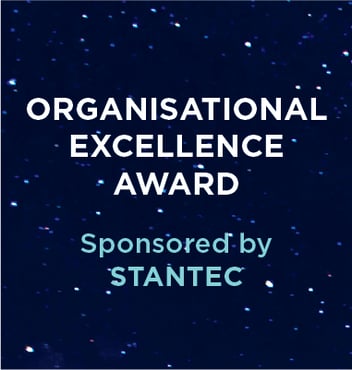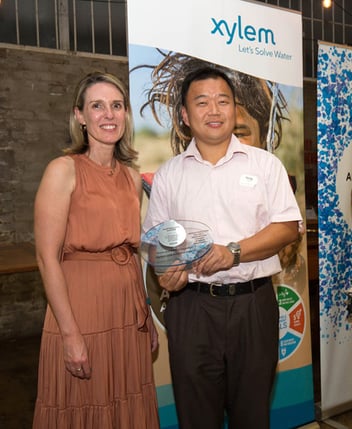DNA testing to better target waterborne pathogens
In a boon for water quality management and public health, experts from the Australian Water Quality Centre (AWQC) are applying advanced next generation sequencing (NGS) DNA testing methods in pursuit of more effective identification of pathogens in water.
Waterborne pathogens and related diseases are a major public health concern worldwide, not only for the illness and death they cause, but for the high cost of their prevention and treatment.
While millions of Australians turn on the tap every day without much thought, waterborne diseases remain a global concern and cause an estimated 2.2 million deaths per year.
As leaders in the field of microbiological testing and analysis, AWQC has curated the most extensive DNA database of waterborne pathogens in Australia and has developed and validated molecular testing methods that provide water utilities with unrivalled pathogen testing results for a broad range of applications.
For these reasons, AWQC’s specialist microbiologists have released The Ultimate Guide to Molecular Testing for Waterborne Pathogens to provide water industry stakeholders insight into how the latest innovations in molecular testing are key to understanding water contamination risks and making informed decisions to prevent waterborne disease outbreaks.
Spreading information
AWQC’s Senior Manager of Laboratory Services Karen Simpson said sharing the guide to molecular testing for waterborne pathogens is important in order to promote open access to information relating to public health.
“The rapid evolution of NGS technology has revolutionised biological sciences and to be the first water quality lab in Australia to develop it for water quality management is a testament to our scientists’ vision and expertise,” Karen said.
“Our guide explores some of the limitations of current microscopy and culture-based testing methods, the latest innovations in DNA testing and the diverse applications for molecular testing, and it’s packed with key learnings to help enhance water quality management.”
NGS and polymerase chain reaction (PCR) DNA testing techniques are capable of identifying 95 per cent of the bacteria in a single sample, compared with traditional methodologies where less than 2 per cent of bacteria can be cultured and identified.
Using state-of-the-art instruments, the Ion Chef and Ion S5, specialists at AWQC create DNA chips and unique barcodes for organisms found in water samples in a far more efficient and cost-effective manner than traditional testing methods.
AWQC Method Development Adviser Life Sciences Gary Hallas said NGS involves gathering a huge amount of big data.
"There are millions and millions of individual reads from an instrument that are condensed down into digital information about DNA," he said.
“This information must be somehow interpreted via data analysis that is consistent. But, if the quality of the bioinformatics is incorrect, the researcher can get totally different outcomes from the same data.”
Hallas said AWQC’s approach to NGS is to use tailored bioinformatics pipelines, which enables a focused analysis of DNA subsets within water samples, ensuring the data produced from testing is consistent and interpretable.
“The pipeline that comes with ION ChefTM is very consistent and transparent, and it will give you data at family level and genus level, Hallas said.
“For example, when we are looking for a very specific problem in wastewater, which might be nitrifiers or ammonium oxidising bacteria, they are a very small subset of the total bacteria found in the sample.
“But they don’t need to be present in big numbers to be a problem. And, if you’re using general pipelines to process the information, you’re going to miss them.”
Identifying issues
Hallas said AWQC’s approach involves identifying the client's problem and tailoring the bioinformatics to produce the right answer.
“We work with our customers to understand their requirements and tailor the analysis to specific needs. It sounds fairly basic, but when it comes to identifying pathogens, this approach makes a huge difference,” Hallas said.
“Bioinformatics helps to make more sense of the massive data set. And while generalised pipelines can be used most of the time, in the water industry our problems tend to be quite complicated.
“In Australia we have some of the most stringent water quality guidelines, and community trust in the supply of safe, clean drinking water by the country’s water utilities is high, however, the risk of contamination is ever-present,” Simpson said.
“Our scientists are on the front line every day safeguarding our water sources and monitoring the effectiveness of protective barriers designed to prevent the entry and transmission of pathogens into these vital systems.
“Water is central to our social fabric, economic growth and public health, and that’s why it’s important to share our experience and insights with our partners to expand industry knowledge and inform strategies underpinning water quality monitoring, processes and treatment.”



